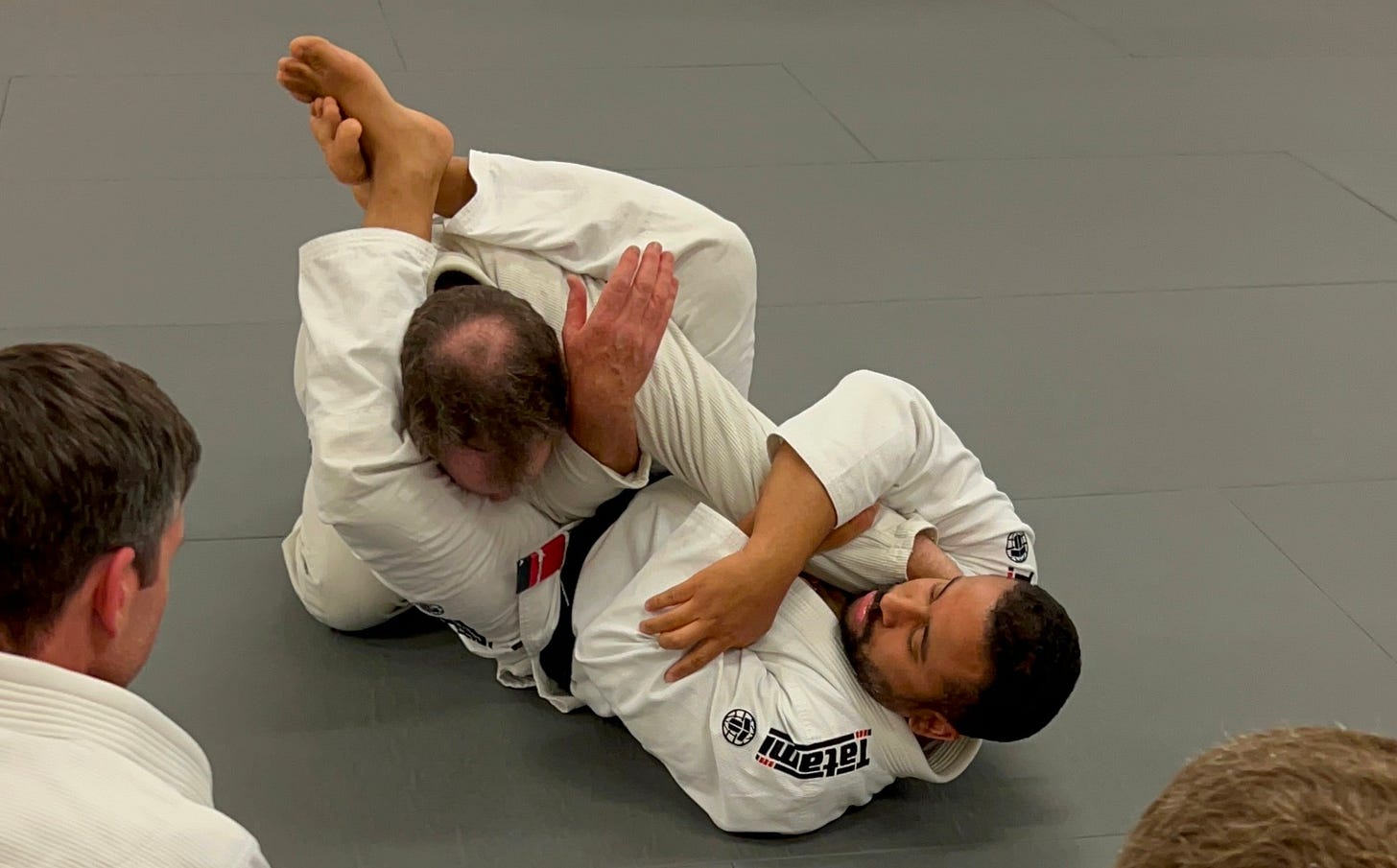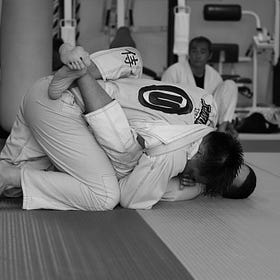
Attrition rates are something that affect all Jiu-Jitsu academies.
It’s something that we’re all battling in some way or another. Some of us for example are positioned in college towns, where the majority of our students rotate out as they finish up with school.
Some of us are in similar situations with military towns, but no matter the situation, it’s important to understand how we can mitigate the insanely high attrition rates for the sport of Jiu-Jitsu.
Don’t Quit On Your Worst Day. -Me
Statistics According to ChatGPT
Finding some legit statistics on such a niche sport, it’s difficult to get a decent picture for attrition rates. I decided to turn to ChatGPT for the breakdown, hoping that it would scoured the internet in a way that I can’t.
Estimated % of Practitioners Who Reach Each Belt
White100% (everyone starts here)
Blue~25–30%
Purple~10–12%
Brown~5%
Black~1–3%
Breakdown and Insight
White → Blue (~70–75% drop-off):
This is the biggest attrition point. Most people quit within the first 1–2 years due to injury, ego, lack of structure, or life changes. Many underestimate how hard consistency really is.Blue → Purple (~60% drop-off from Blue):
Often called the “blue belt blues.” Many students plateau or lose direction after hitting this milestone, especially without structured goals or coaching.Purple → Brown (~50% drop-off from Purple):
Those who reach purple are usually more committed, but life (career, family) often competes with training. Injuries and burnout can slow or stop progress.Brown → Black (~40–60% drop-off from Brown):
By this stage, the path is mostly internal. It’s less about technique and more about refinement, teaching, and consistency. The ones who make it here typically have integrated BJJ into their identity.
What I Think Is Causing The Issue
No gym is perfect and to some degree, we will deal with something harmful at any of our academies at some point. Our job is to do everything possible to prevent the issues and tackle them whenever they appear.
Lack of Clear Curriculum - One of my pet peeves has always been when instructors show up without any prep. I get it, I don’t put in as much time to prep as I used to, but I go to every class with foundation of what I’m going to teach. What I teach will sometimes change based on what I see and the questions I get. It’s not random because I haven’t prepared.
Ignoring White Belts - Some gyms will push the White Belts off on someone or relegate them to the corner of the mats to drill something different. The lack of experience is a challenge, it doesn’t mean that we should treat them differently. If you don’t have a Fundamentals class for them, you have to find a way to teach that breaks things down in easily digestible ways.
Toxic Culture - No one wants to admit they have a toxic culture. If you have a revolving door of upper belts leaving the gym, you might have problem. Students should feel protected, heard, and encouraged to have agency over their Jiu-Jitsu.
Lack of Feedback - Thinking back at the majority of my Jiu-Jitsu career, I had long stretches without any feedback. If I was someone else, I would have quit altogether. As instructors and gym owners, we have to find ways to delivery quality feedback to our students. Build a culture where the upper belts do this so it doesn’t all fall on one person.
Lack of A Retention Strategy - As an instructor, if all you do is teach Jiu-Jitsu and hope that it’s enough, it will often come up short. The extras go a long way. Building community, offering quality feedback, rolling with as many of your students as possible, Q&A, are all great add-ons to help with retention.
Check Out My Kimura Workshop!
Thank you for reading.
David Figueroa-Martinez
Founder, DFM Coaching
Coach | Writer | Grappler
DFM Coaching is dedicated to helping you overcome mental hurdles and achieve your full potential in BJJ. Whether through in-person instruction, seminars, private lessons, remote coaching, or video analysis, I provide personalized support tailored to your needs. Keep pushing forward, and let’s grow together!




